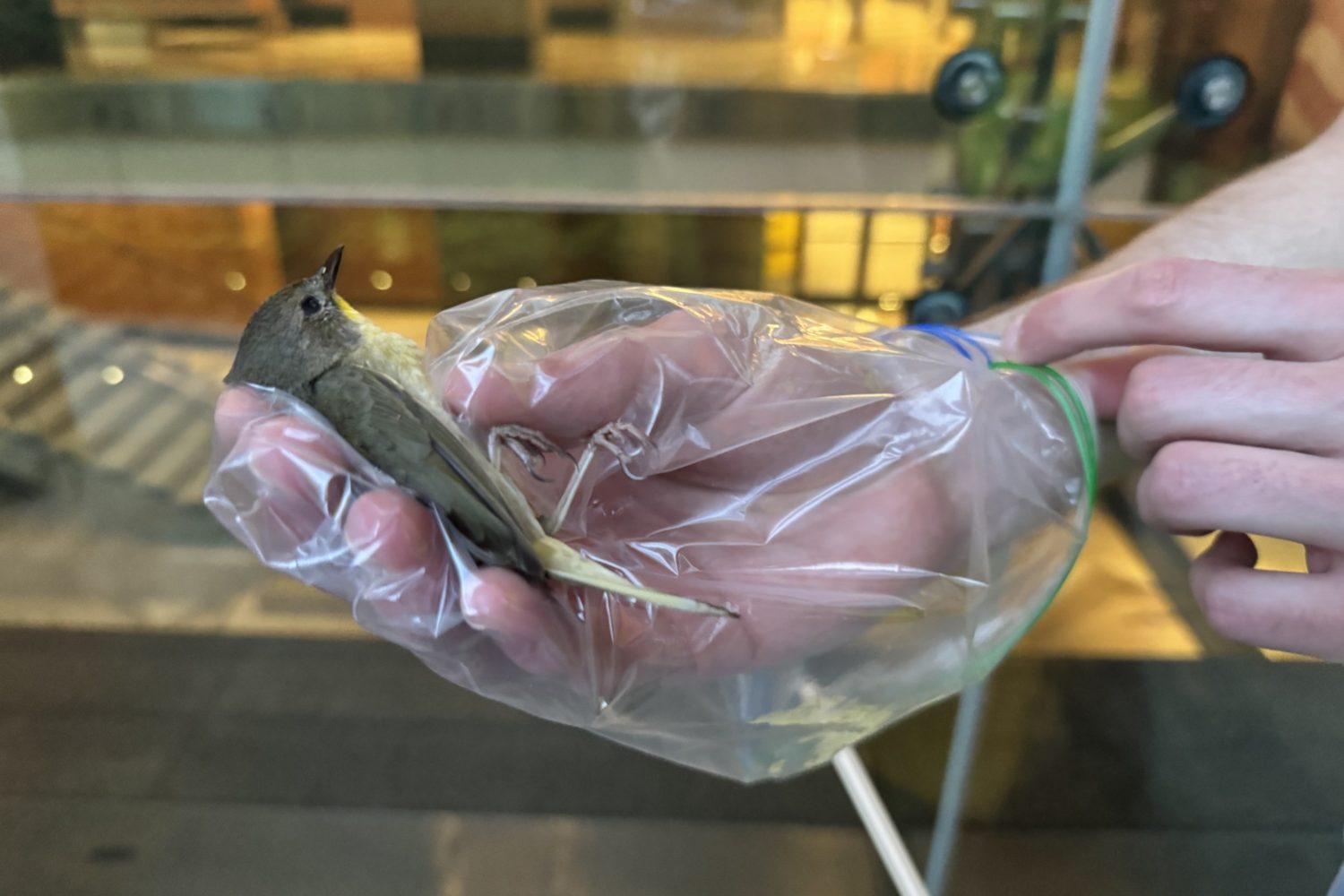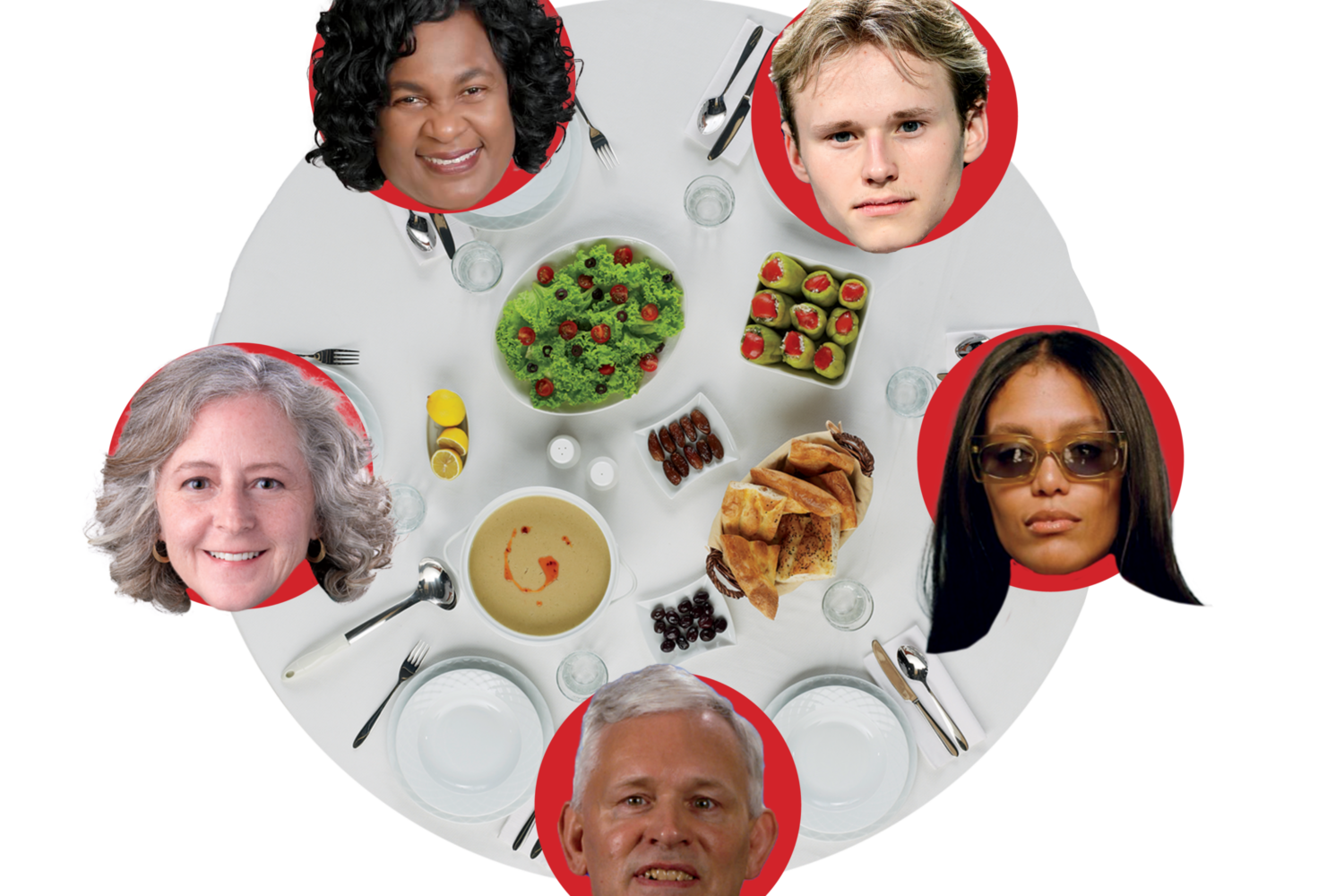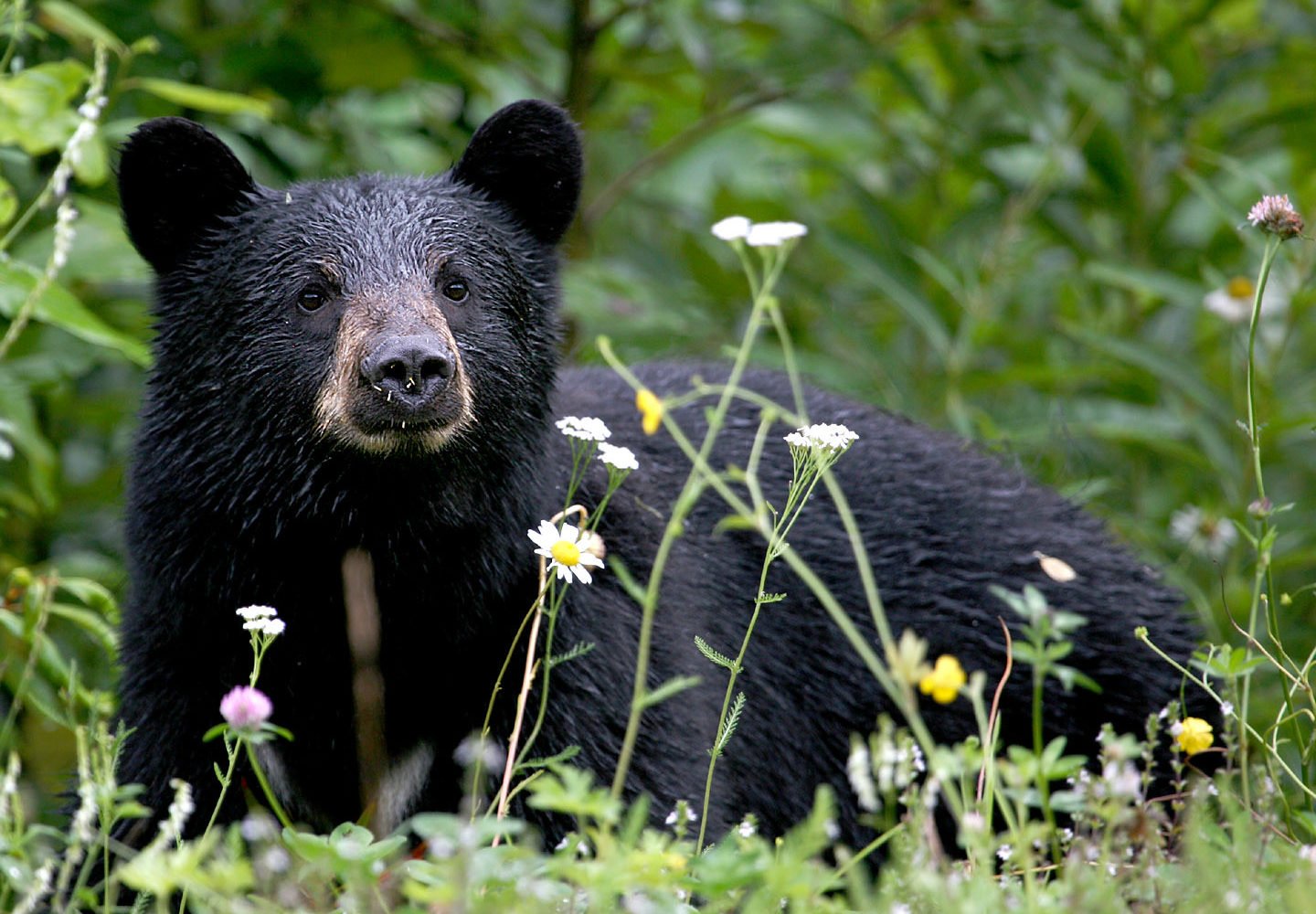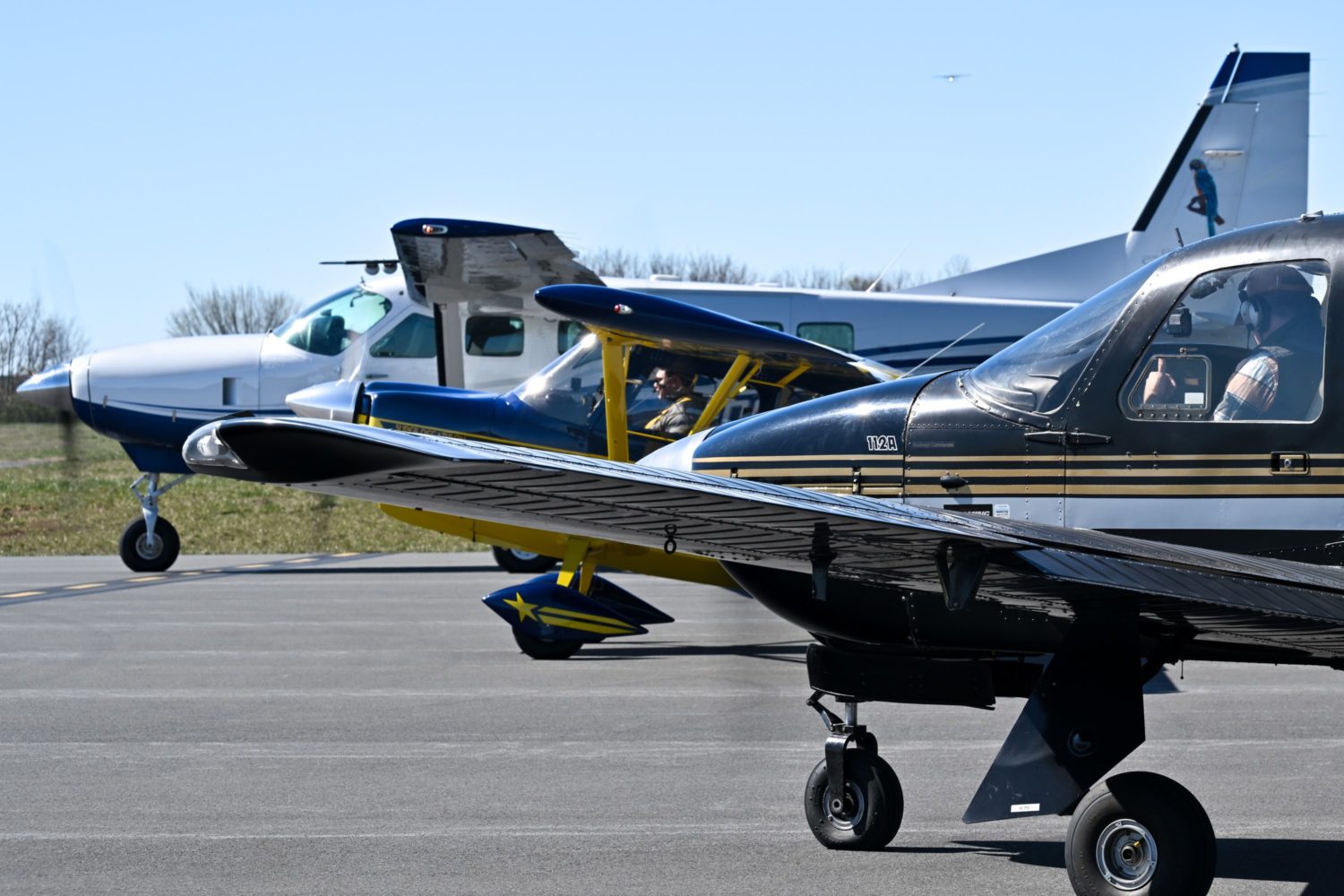Kris Dodge wanted his proposal to Kelly Rain to be perfect. Not just the where and when, but the ring—in this case, set with a fair-trade sapphire.
Dodge, an international-affairs specialist at the Department of Agriculture, worked with Leber Jeweler in Chicago for months to make a ring that would be beautiful and environmentally friendly. He designed the setting and chose a platinum band made from recycled electronics and catalytic converters. When he popped the question in August 2006, during a picnic at Lake Geneva in Switzerland, Rain was thrilled.
“The ring embodies what’s important to us,” says the bride, an environmental-law fellow at the Institute for Governance and Sustainable Development in DC. “And it got us thinking about other things we could green for our wedding.”
The Cleveland Park couple, marrying in May, booked an outdoor wedding at the Audubon Naturalist Society in Chevy Chase, which donates part of its fee to environmental education and preservation. They’re sending invitations made from recycled paper.
The bride hasn’t chosen a florist yet, but she’s planning to use locally grown flowers such as peonies and hydrangeas. The couple hired Festive Foods of Bethesda to create a vegetarian menu featuring local produce such as portobello mushrooms, red peppers, and summer squash.
“We’re excited to see how our guests react,” says Rain, 28. “Some are skeptical, but we want to show them that green weddings aren’t for tree-huggers anymore.”
Three years ago, few people had heard of green weddings. Now planners say at least one-quarter of their clients are including ecofriendly elements in their weddings—everything from cutlery made from sugar cane to hemp wedding dresses.
While the average cost for a wedding in the United States is about $25,000, the price tag is nearly double in Washington. “The more you spend, the more waste—and opportunity for waste—you create,” says Meghan Meyers, editorial director of Portovert, a magazine about ecofriendly weddings. Among the measures she recommends: Serve organic food and choose a ceremony spot that can double as the reception site to cut down on travel.
According to Meyers, a wedding with 150 guests generates 35 pounds of wasted food, enough to feed someone for 11 days. That same wedding emits more than eight metric tons of carbon dioxide into the atmosphere—a result of guests traveling, gifts being mailed, and flowers being transported. It would take seven acres of trees to absorb that much carbon dioxide.
One couple, who used pressed magnolia leaves for place cards, worked with their caterer to donate untouched leftovers to the Capital Area Food Bank.
Most wedding vendors, says Tracy Bloom Schwartz, co-owner of Creative Parties in Bethesda, are eager to accommodate those who want to go green: Invitation shops can print digitally to reduce wasted ink; rental companies will position tents to minimize damage to grass and flowers; and caterers will serve fair-trade coffee and tea and recycle all containers.
“It’s very difficult—almost impossible—to have a 100-percent green wedding,” Schwartz says. “Couples should focus on their areas of concern, like cutting paper or carbon dioxide.”
Silver Spring–based Carbonfund.org, a nonprofit concerned with climate change, is making it easy for couples to offset their carbon footprint. A bride and groom can estimate their wedding-day emissions using an online calculator, then purchase “carbon credits”—about $50 for a 100-person wedding—that help fund projects like wind farms and solar-powered homes.
Stephanie Hughes of DC Diamond Events encourages clients to reuse: One of her brides found five matching secondhand bridesmaid dresses on Craigslist. “Sometimes reusing requires a bit more effort,” says Hughes, “but it can be meaningful.”
Capitol Hill couple Brian Vogt and Laura Brown are hoping the gift table is empty at their wedding this month. They’re encouraging guests to make donations through the I Do Foundation—a DC nonprofit offering charity-centered online registries—instead of giving gifts.
“When you consider the wrapping, packaging, and shipping, wedding gifts generate a lot of waste,” says Vogt, a senior program officer at the National Democratic Institute. “Why contribute to it if we don’t need to?”
At Tasha Spindler and Evan Parker’s October nuptials, many guests didn’t know they were attending a green wedding. The Mount Pleasant couple chose a rehearsal-dinner spot, church, reception site, and hotel all within walking distance so guests wouldn’t need cars. The bride put on pink-and-white sneakers to walk to the reception at 15 Ria in Northwest DC, a few blocks from the church.
The couple gave out organic chocolates as favors and arranged to plant 35 trees in a national forest. They’re calculating the carbon cost to offset guests’ airline travel and the mining required for Spindler’s diamond.
“Our goal was to keep things simple—for ourselves and our guests,” says Spindler. “For us, going green was the best way to do it.”
This article originally appeared in the January 2008 issue of The Washingtonian.

















